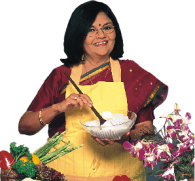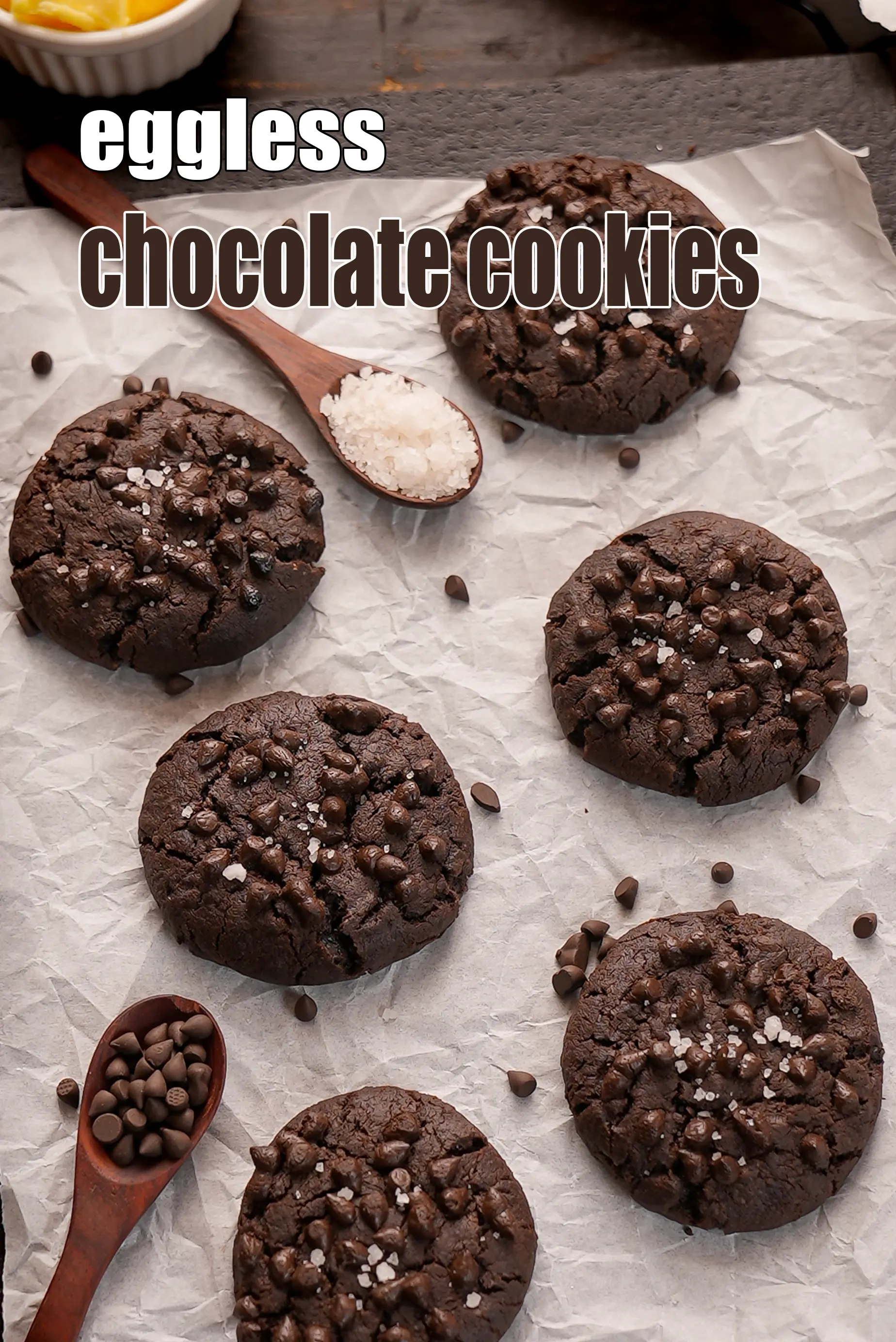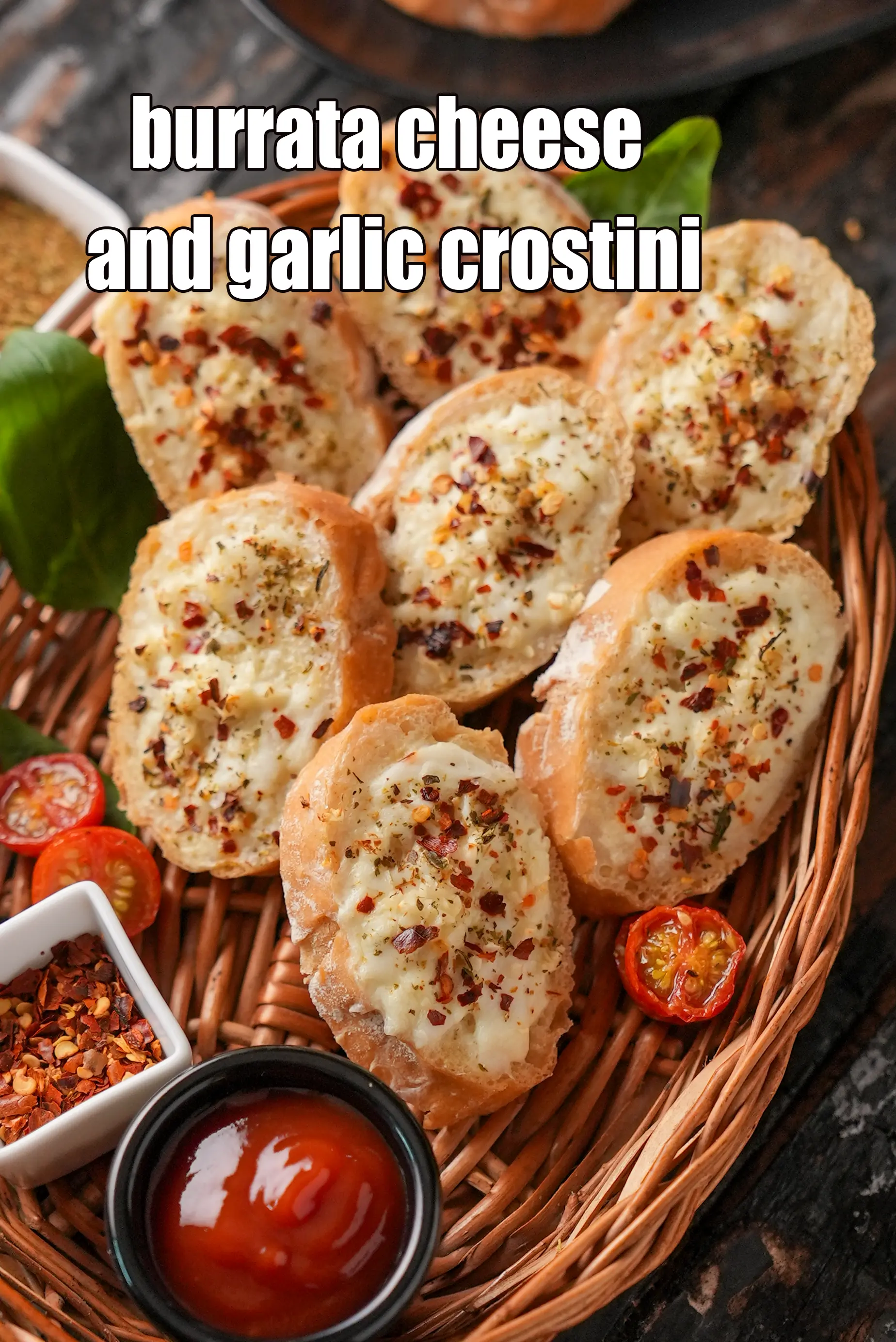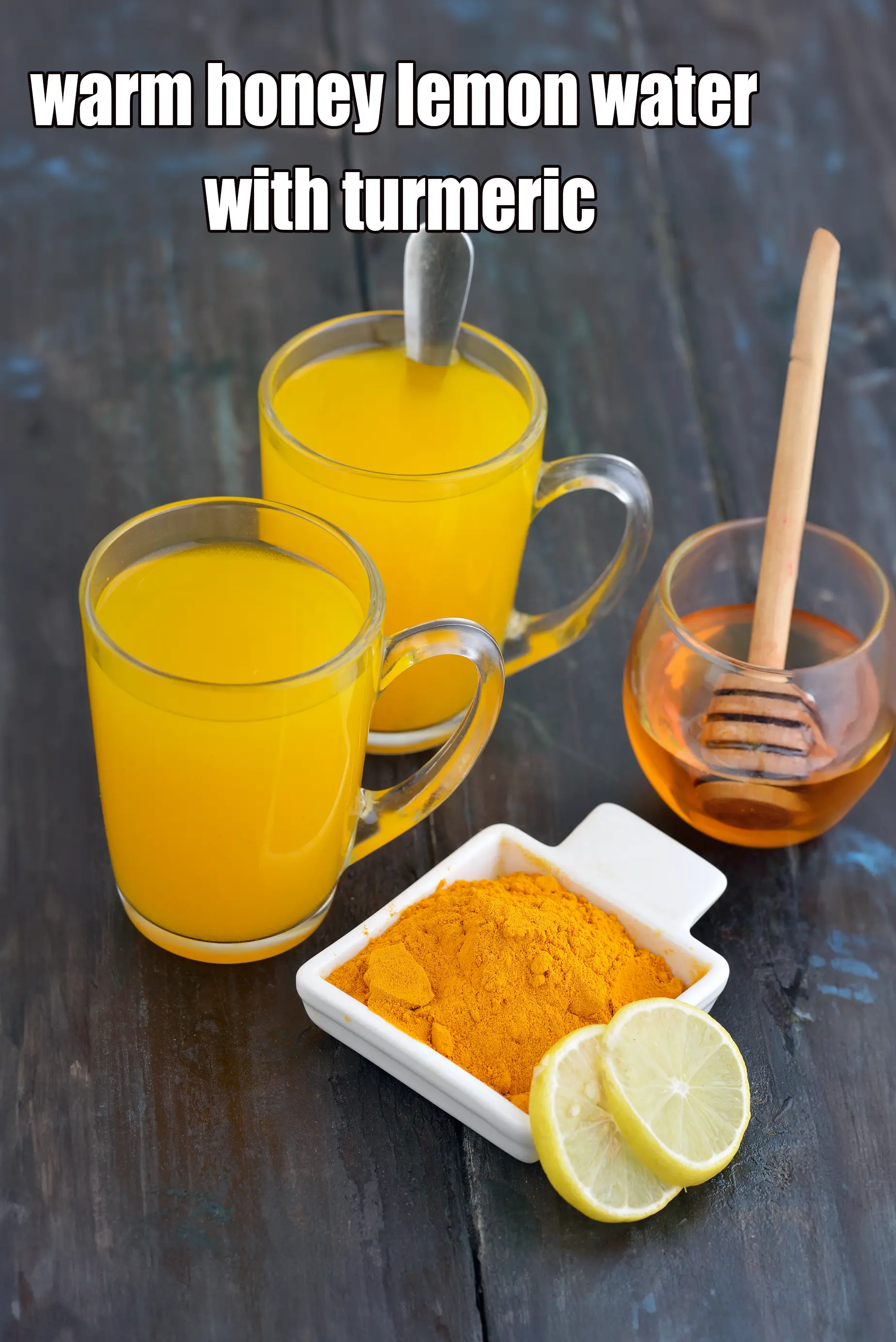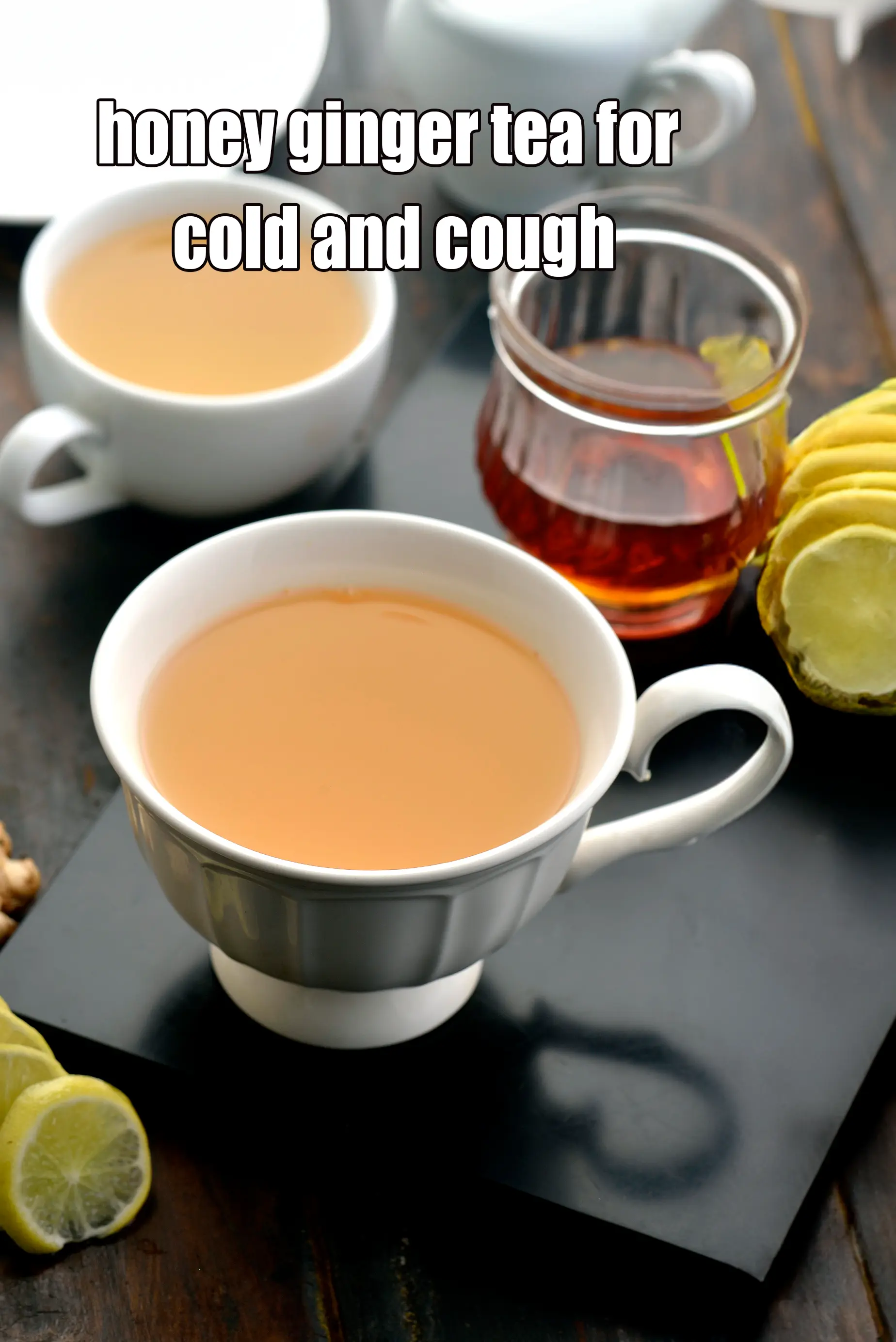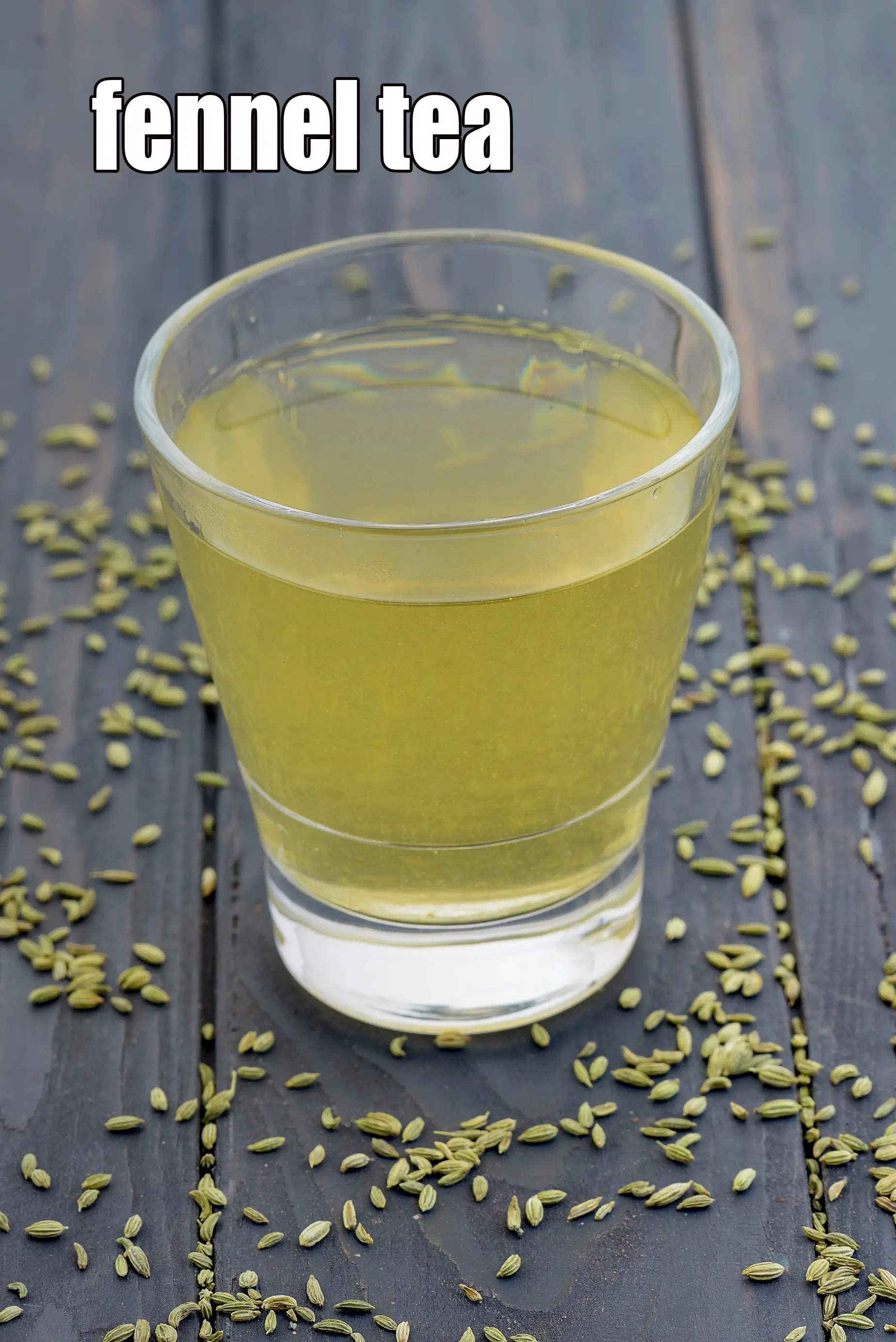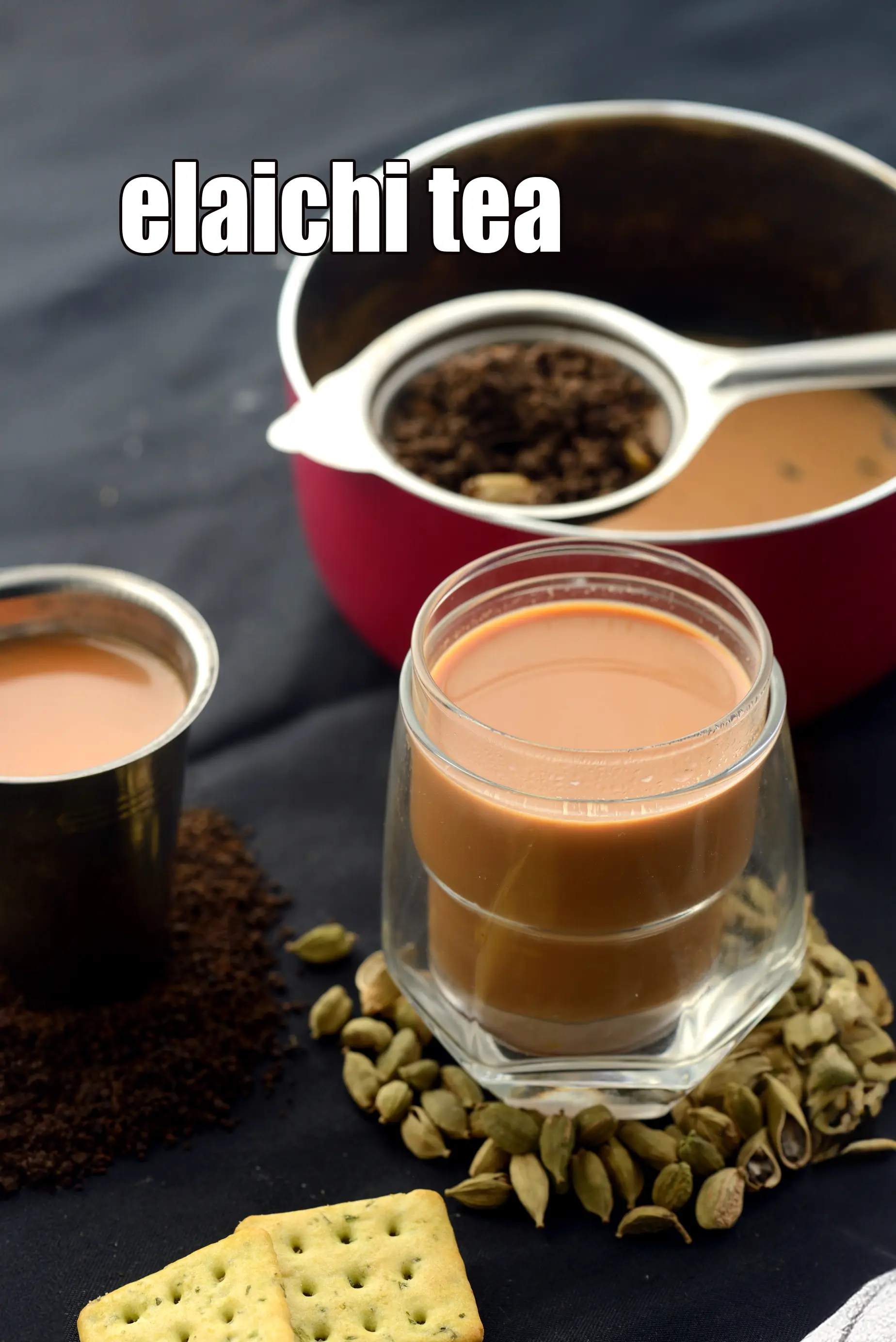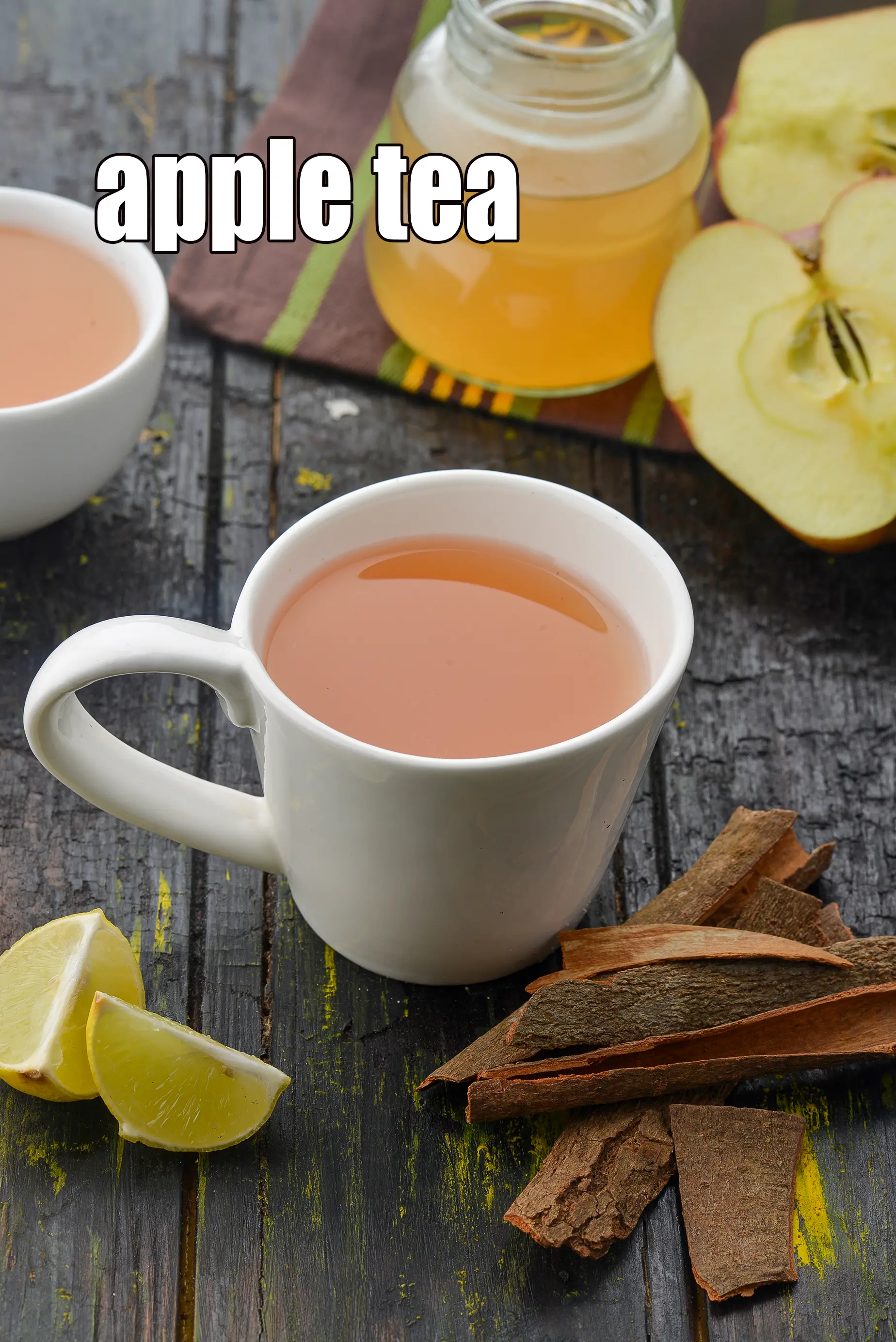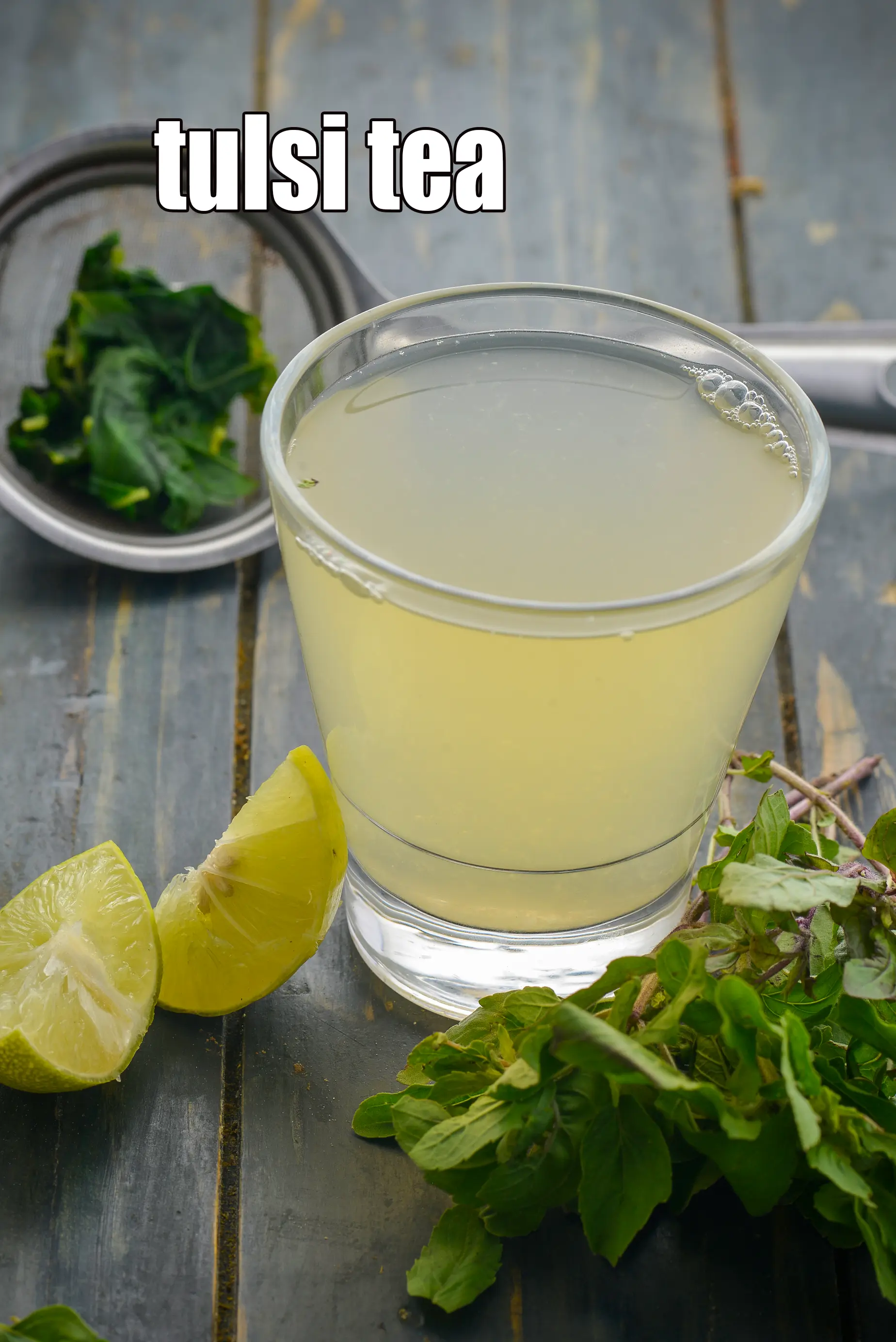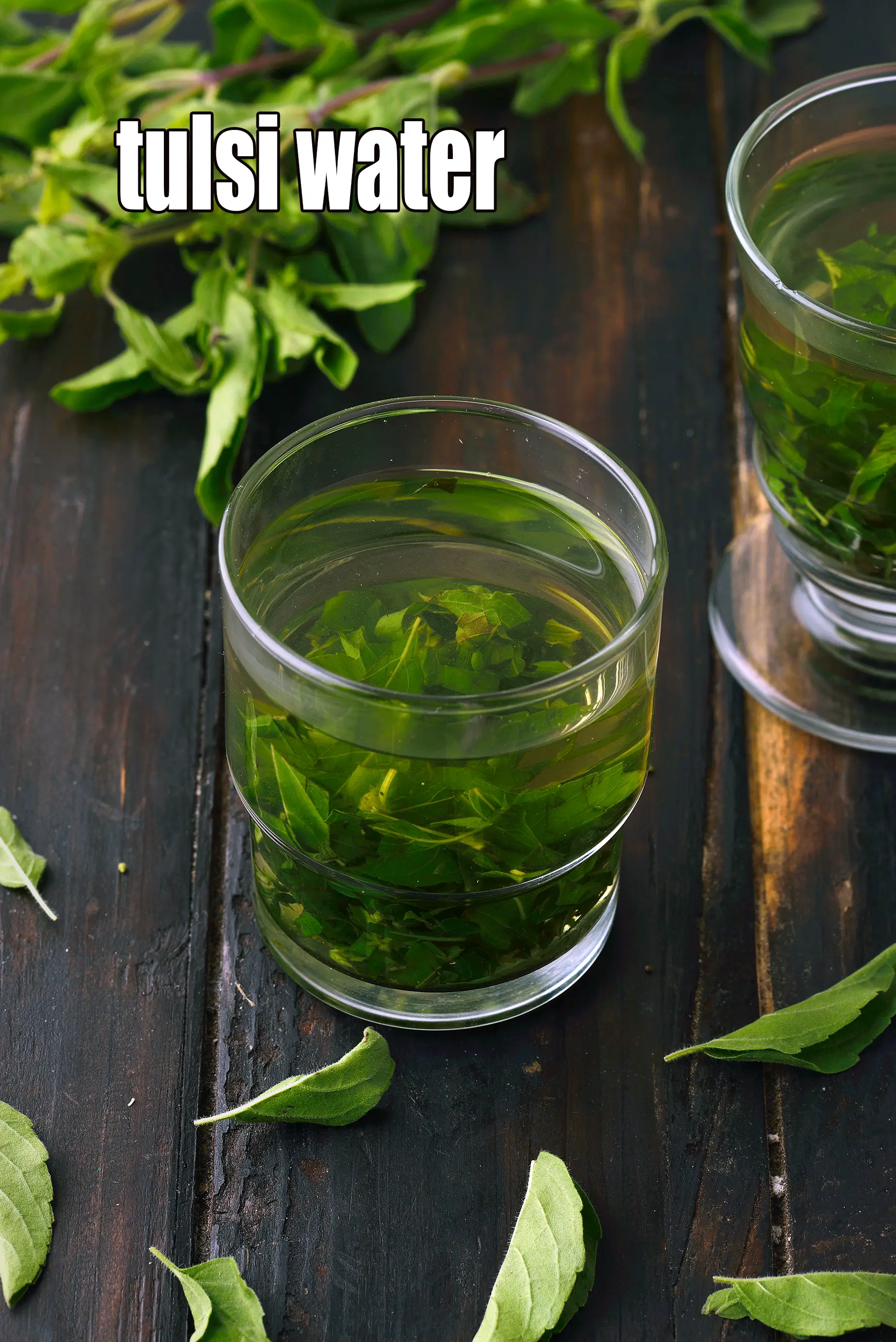Nutritional Facts of Methi Koftas in Kadhi, Veg Methi Kofta Curry, Calories in Methi Koftas in Kadhi, Veg Methi Kofta Curry
This calorie page has been viewed 3140 times
How many calories does one serving of Methi Koftas in Kadhi have?
One serving of Methi Koftas in Kadhi gives 148 calories. Out of which carbohydrates comprise 69 calories, proteins account for 22 calories and remaining calories come from fat which is 48 calories. One serving of Methi Koftas in Kadhi provides about 7 percent of the total daily calorie requirement of a standard adult diet of 2,000 calories.
Click here to view. Methi Koftas in Kadhi recipe. Easy to make but superlatively delicious, this kadhi plays perfect host to delectable, non-fried, methi-flavoured koftas.
These unique koftas are made with flours of multiple grains, perked up with lemon juice and ginger-green chilli paste. The koftas are steamed and not deep-fried, so they will not aggravate acidity.
Neither the koftas nor the kadhi is spicy, so this dish is quite stomach-friendly. Serve the Methi Koftas in Kadhi for lunch along with any stomach friendly roti.
Is Methi Koftas in Kadhi healthy?
Yes, this is healthy. But restrictions apply to some as there is very little sugar and rava used.
Let's understand the Ingredients.
What's good.
1. Methi leaves (fenugreek leaves) : Methi leaves are low in calorie, powerful antioxidant and cures mouth ulcers. Fenugreek leaves help in improving glucose and insulin responses, hence good for diabetics. The levels of cholesterol also reduced with intakes of fenugreek leaves. Rich in Vitamin K which is good for bone metabolism. They are good source of iron which is important for Iron rich foods for pregnant women as well as other individuals. Iron is a part of hemoglobin in the blood. A deficiency of iron may cause anaemia and that may decrease your work ability and make you fatigue easily. See all benefits of methi leaves here.
2.Whole Wheat flour : Whole wheat flour is excellent for diabetics as they will not shoot up your blood sugar levels as they are a low GI food. Whole wheat flour is rich in Phosphorus which is a major mineral which works closely with calcium to build our bones. Vitamin B9 helps your body to produce and maintain new cells, especially increase red blood cells. See detailed 11 benefits of whole wheat flour and why it's good for you.
3. Bajra flour : Bajra flour is high in protein and is a complete protein for vegetarians when combined with dal. So as a Vegetarian, include bajra in your diet. Bajra is a great option for those on a gluten free diet. Bajra is rich in Magnesium which improves insulin response by lowering insulin resistance which is good for Diabetics and healthy heart but to be had in restricted quantity and had with low fat curds or raita to minimise the carb impact. See here for the 18 benefits of bajra flour and why you should have it.
4. Rava (semolina, sooji) : What's good? Semolina is a fairly good source of Magnesium and phosphorus which is necessary to keep our nervous system healthy and working. But once again, it’s minus the fibre which is also one of the important nutrient to maintain healthy heart. So don’t opt for just the plain rava upma… instead toss in some sprouts or veggies and limit the amount of salt used and then add it occasionally to your meals. What's the issue? Fibre is one key nutrient for weight loss and semolina is devoid of it. Semolina is not suitable for diabetics. For details read is sooji healthy?
5. Curd + Low fat Curds : Curds help in digestion as it has very good bacteria. Probiotics in curds acts as a mild laxative but, in case of diarrhoea and dysentery, it is a boon, if curd is used with rice.They help in weight reduction, good for your heart and build immunity. The only difference between curds and low fat curds is the fat level. Read the benefits of curds to include in your daily diet.
6. Besan : Besan has more good fat than whole wheat flour and also higher protein content. Rich in complex carbohydrates and with a low glycemic index, besan is good for diabetics too. Besan is high in Folate or folic acid, which is important for rapid growth and multiplication of red blood cells and white blood cells (WBC) in the bone marrow. See 10 detailed benefits of besan and why it's good for you.
7. Onions (pyaz, kanda) : Raw onions are a very valuable source of vitamin C – the immune building vitamin. Along with other phytonutrients from onions, it helps to build WBC (white blood cells) which serves as a line of defence against illness. Yes, it’s a source of many antioxidants, the most important one amongst them being Quercetin. The quercetin in Onions promotes production of HDL (good cholesterol) and lowers total cholesterol in the body. The sulphur in onions act as a blood thinner and prevents blood clotting too. This in turn would lower blood pressure and good for heart, diabetics. Read the benefits of onions.
What's the problem?
Sugar : Sugar used in the recipe is also called white poison. It is a simple carbohydrate with zero nutritional value. On intake, sugar will cause inflammation of the body which will last for many hours. It will spike your blood sugar level and shut down the fat burning process. This also causes high blood sugar levels in your body. The development of prediabetes comes from uncontrolled eating sugar and refined food products for many years and the classic symptom is if you have excess belly fat. This leads to diabetes and further onwards to heart attack, high blood pressure, strokes, impotence and kidney damage. To live a healthy life, try and cut sugar which from your diet. It requires a slow and deliberate attempt to do it. Find hidden sugar in packaged foods and drinks and stop having those products. Did you know that a can of your favourite soft drink is estimated to have 1/2 cup of sugar. Refinded carbohydrates like maida, sugar, bread, pasta, noodles and sugar on consumption get stored as unhealthy fat in the body.
Can diabetics, heart patients and over weight individuals have Methi Koftas in Kadhi?
Yes, this recipe is good for diabetics, heart and weight loss BUT portion size restriction for diabetics. Replace full fat curds with low fat curds in the recipe.
The good thing is that the methi koftas are steams and not deep fried. Methi leaves are low in calorie, powerful antioxidant and cures mouth ulcers. Fenugreek leaves help in improving glucose and insulin responses, hence good for diabetics.
Can healthy individuals have Methi Koftas in Kadhi?
Yes.
8 Pointers to get healthy on a Indian diet
1. Eat healthy and say yes to good home cooked food. Prefer whole grains like oatmeal, quinoa, buckwheat, barley and healthy flours like bajra flour, jowar flour, quinoa flour, wheat flour etc. rather than refined ones like maida. Have healthy Indian fats like ghee, coconut, coconut oil in your diet.
2. Opt out of junk food, packaged food, deep fried foods. Prefer steamed snacks and other non-fried snacks. Check out some Healthy Indian Snacks. Remember to eat small frequent meals through the day as that will keep you always full and prevent your blood sugar from dropping. By starving your body through some diet, will not help you one bit. In fact, dieting will make you binge on 2 to 3 meals which is not good.
3. Have 4 to 5 servings of vegetables and 2 to 3 servings of fruit is a must. Follow the logic of a vegetable in each main meal of the day and a fruit in-between meals. Check out a few Healthy Indian Soups and Healthy Indian Salads recipes using this food group.
4. Cut down on sugar and salt in your diet and pick honey ( very small amounts) or dates to sweeten your food. Slowly cut the sugar habit as this is not going to happen over night. Sugar is also called white poison. It is a simple carbohydrate with zero nutritional value. On intake, sugar will cause inflammation of the body which will last for many hours. It will spike your blood sugar level and shut down the fat burning process. This also causes high blood sugar levels in your body. The development of prediabetes comes from uncontrolled eating sugar and refined food products for many years and the classic symptom is if you have excess belly fat. This leads to diabetes and further onwards to heart attack, high blood pressure, strokes, impotence and kidney damage.
Salt and blood pressure. Apart from stress and obesity, one of the main reasons for high blood pressure is excessive sodium and salt intake. Most people find it difficult to limit the amount of salt in their cooking, thinking it will affect the taste of their favourite dishes.
This is not true. Bajra and jowar are rich in potassium and critical for those with High Blood Pressure as it lessens the impact of sodium. Eating more Potassium Rich Foods will remove more sodium from your body through urine. So include the basic bajra roti and jowar roti in your daily diet to have with Lower Blood Pressure Subzis Recipes.
5. Befriend a few healthy seeds and nuts like chia seeds, flax seeds, sesame seeds, walnuts and almonds.
6. Sprouts are called ‘living food’. They are high is most nutrients and easy to digest as well. Let them feature in your meals at least thrice a week. Also Read : All Benefits about Sprouts.
7. Exercise 45 minutes every day. No excuse. You can walk fast, run, do weights, play your favourite sport or go to the gym.
8. Sleep early and get up early. Get your body into rhythm and it will function best. Sleep helps your body to recover.
Methi Koftas in Kadhi is high in
1. Calcium : Calcium is a mineral that makes bones stay strong. Required from kids to adults.
2. Phosphorous : Phosphorous works closely with calcium to build bones.
Note : a recipe is deemed high in a Vitamin or mineral if it meets 20% and above the recommended daily allowance based on a 2,000 calorie diet.
How to burn 148 calories that come from Methi Koftas in Kadhi?
Walking (6 kmph) = 44 mins
Running (11 kmph) = 15 mins
Cycling (30 kmph) = 20 mins
Swimming (2 kmph) = 25 mins
Note: These values are approximate and calorie burning differs in each individual.
| Energy | 148 cal |
| Protein | 5.5 g |
| Carbohydrates | 17.2 g |
| Fiber | 2.9 g |
| Fat | 5.3 g |
| Cholesterol | 8 mg |
| Vitamin A | 270.2 mcg |
| Vitamin B1 | 0.1 mg |
| Vitamin B2 | 0.1 mg |
| Vitamin B3 | 0.7 mg |
| Vitamin C | 5.6 mg |
| Folic Acid | 25.7 mcg |
| Calcium | 145.7 mg |
| Iron | 1.5 mg |
| Magnesium | 38.1 mg |
| Phosphorus | 128.7 mg |
| Sodium | 22.7 mg |
| Potassium | 145.2 mg |
| Zinc | 0.4 mg |

Click here to view Methi Koftas in Kadhi, Veg Methi Kofta Curry
Calories in other related recipes
